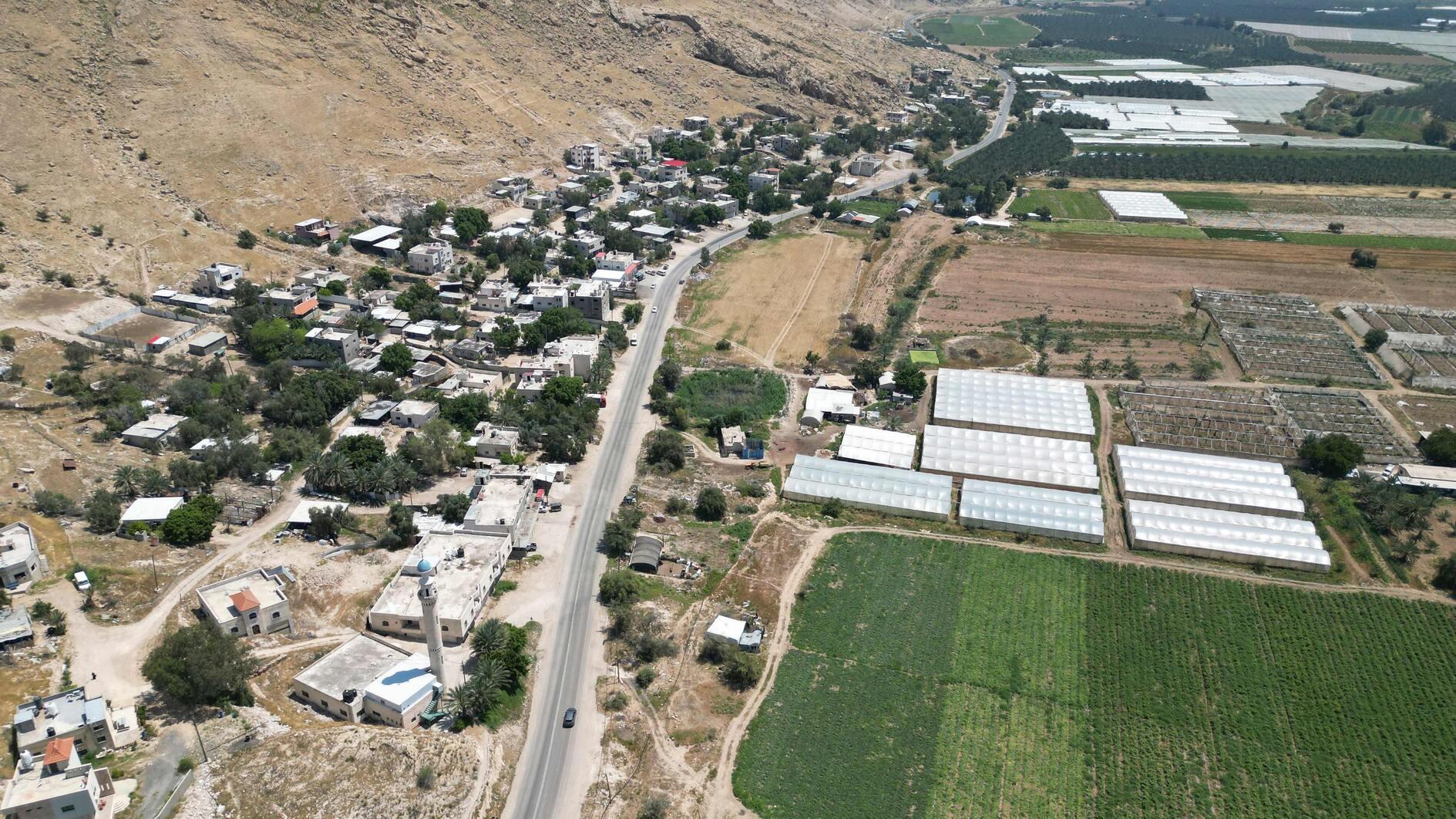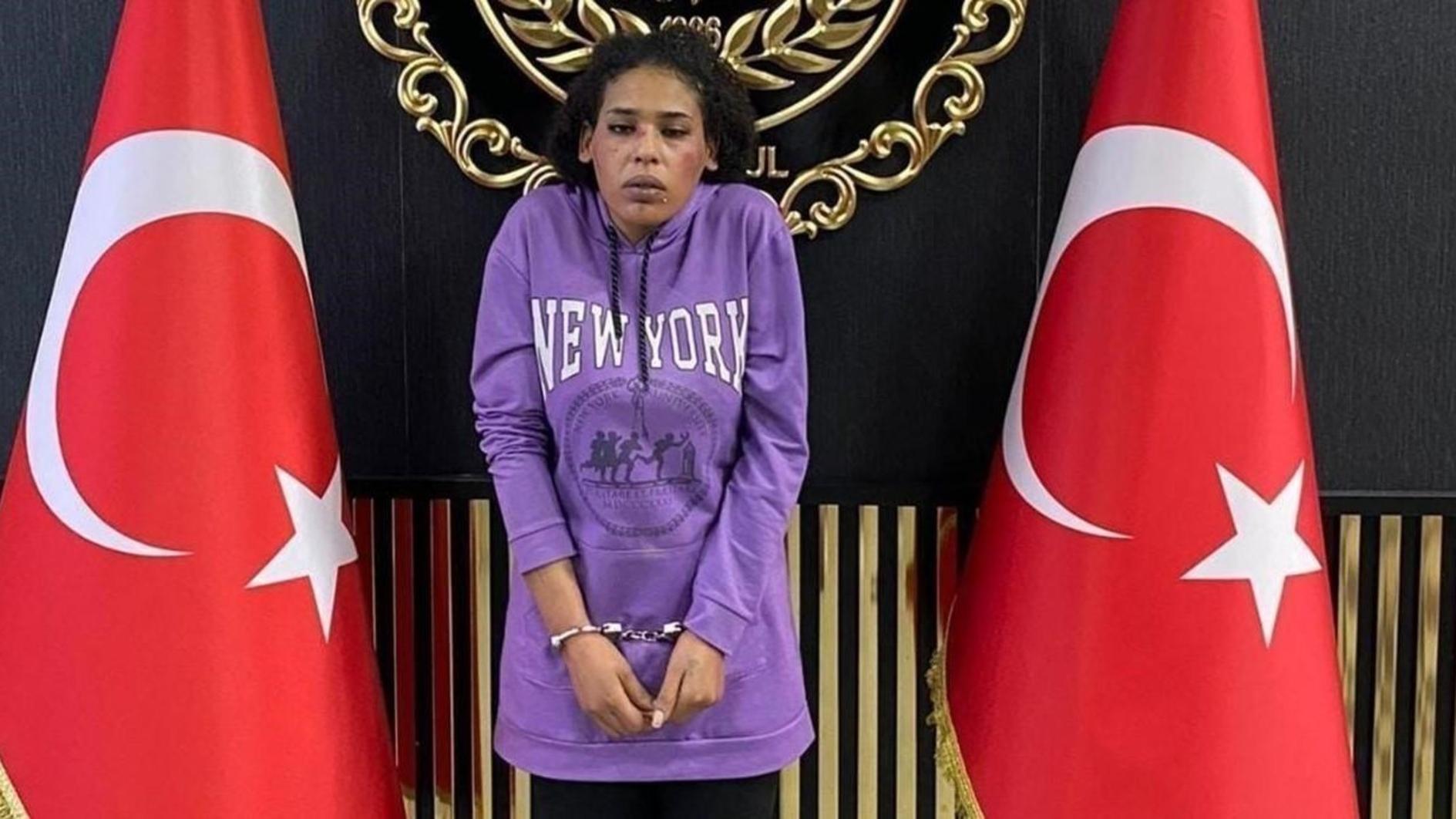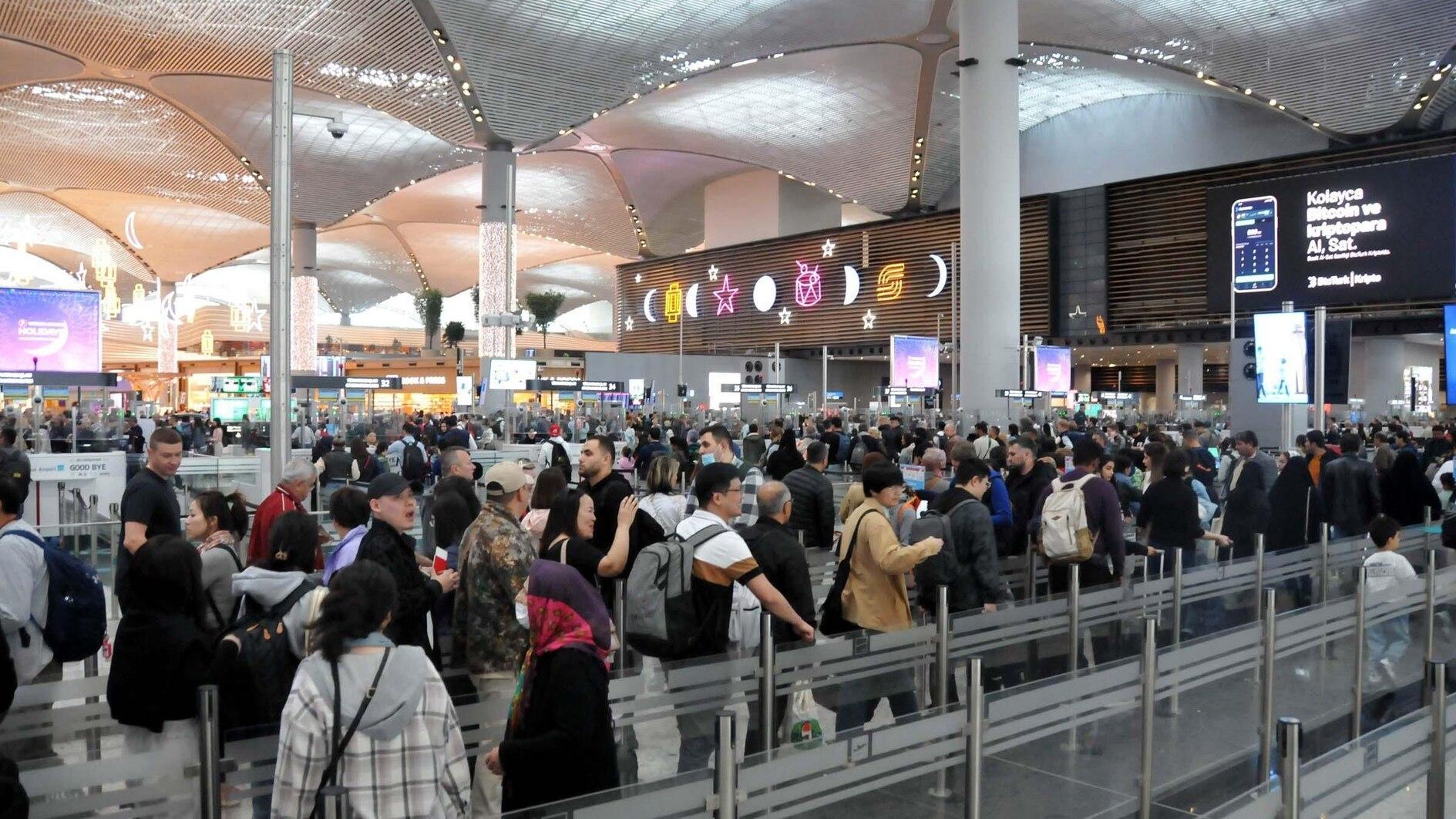Retailers see rising exports on weak lira
ISTANBUL
Turkish retail exporters foresee higher exports this year, based on the impact of a weak lira and a recovery in the European market, but they urge the government to remove the obstacles to their target of reaching $30-billion in exports by 2017.According to the four-year roadmap of the sector announced by the Istanbul Ready Wear and Apparel Exporters’ Association (İHKİB) yesterday, the ready-wear sector, which ended 2013 with $17.4 billion of exports with an 8.3 percent rise, aims to reach $19 billion in 2014, before acquiring $30 billion in 2017.
İHKİB head Hikmet Tanrıverdi said sector players expected this year to be better than 2012 and 2013.
“There is both the recovery seen in the European markets and the relief brought by the foreign exchange currency. We think our exports will increase in such an environment. In the event of an ease of [political] developments at the region, we could easily surpass our target of $19 billion for 2014,” Tanrıverdi said.
These projections are formulated assuming that political stability in Turkey is maintained after the upcoming elections, he added. Local elections will be held on March 30, and will be followed by presidential elections expected after the summer.
The target set for 2017, meanwhile, will only be reached by relying on value-added products.
“The ready-wear sector ranks as the third sector manufacturing most value-added products with $24 per kilogram, following jewelry and defense industry. We aim to increase this to $30 to $35 at the end of four years,” Tanrıverdi said.
However, he also noted that there were five crucial issues that should be ironed out, and the İHKİB had conveyed these problems as part of a 35-item problem package to the government.
Lifting obstacles in accessing crude materials, resolving inward processing problems, simplifying government subsidy practices and speeding up the processes, boosting support to design processes and extending research as well as development incentives to production and development were some of the points highlighted by the İHKİB.
















